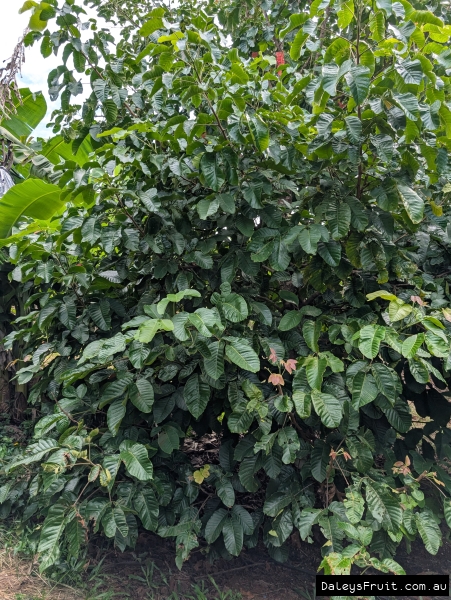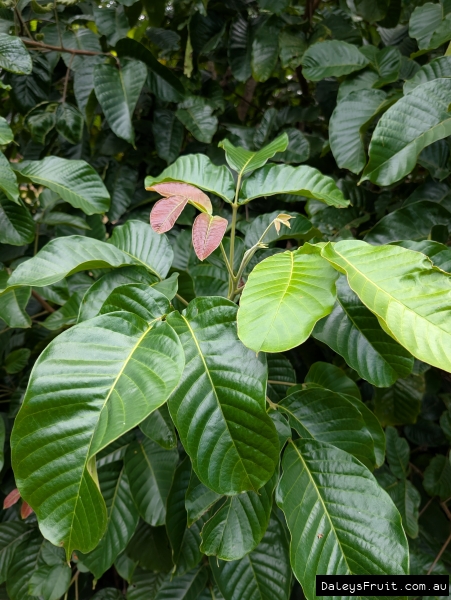Santol
Sandoricum koetjape$29.00 ($19.90-$29.00 choose a size)
When will it be in Stock?
We previously had the most to buy in Feb and Sep. With limited quantities for sale in other months.Remember to click above to get notified when it is available once more.
Specifications of Santol
Preferred Climate Tropical, SubtropicalLearn About Climate Zones
Grown From SeedlingLearn About Propagation Methods
Max Height (when in the ground with good conditions) +10m
Plants required to Pollinate 1 (Self Pollinating)Learn about Pollination
Can it Handle Frosts? Likes Temps above 5deg
Amount of leaves in Winter? All Leaves (Evergreen)
Fruiting/Harvest Months March, April, May, June
Customers also bought
These plants are often purchased together. Also check plant information for suitability in your orchard.
Friday
Palm - Dwarf Acai
$59.00 ($39.00-$59.00 choose a size)
Wax Jambu - Red
$79.00 ($34.00-$99.00 choose a size)
Jakfruit - Rajhan
$99.00
Friday
Lime - Australian Desert 'Standout' PBR
$89.00
Friday
Lime - Australian Desert Abundance PBR
$89.00
Mulberry - Beenleigh Black
$48.95 ($48.95-$99.00 choose a size)
Customer Tips & Reviews Santol
MOUNT BARKER, WA, Australia
Some of the most beautiful wood I've seen, the leaves are perfect and a lovely maroon colour when young.
Campbelltown, NSW
Santol
Cut the tip of the santol tree so it will not grow taller and become shady instead and easy to pick the fruit..
Townsville, QLD, Australia
Some are flavourless, some are too acid, but get a good seedling or cultivar and they are EXCELLENT. Maybe not to rival a mangosteen, but similar.you suck off the flesh from around the seed, like a sour fruit drop, and spit it outvery well suited to th...
Hawaiian Gardens, CA
Santol
When transplanting Santol plant,put it under the shade for 2 to 3 weeks then partial shade for a week then to full sun in southern california to protect from sunlight burns
Santol
Seedless and peeled, cooked with molasses untill santol's cooked and molasses is sticky, hm yummy
Stockton, Ca. , US
Santol
Santol is best eaten, at least the way Filipino eat,by removing the skin and making criss cross shallow cut on the skin and then living it for two days in a vinegar, water, salt and sugar mixture. Do not forget to refrigerate it
Santol
The santol fruit can be pickled in salt water and can be used as a side dish together with any rice meals. The fruit skin must be peeled leaving the rind and seeds to be pickled. As for the seeds, these must not be swallowed as it caused deaths in Asia.


































